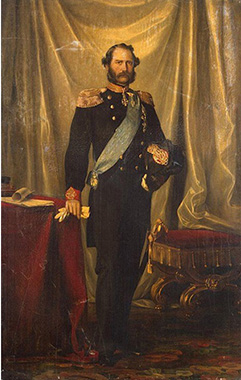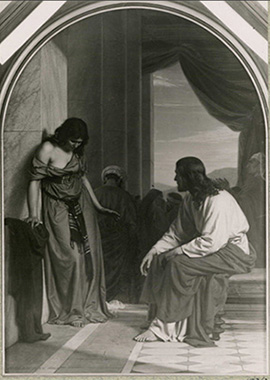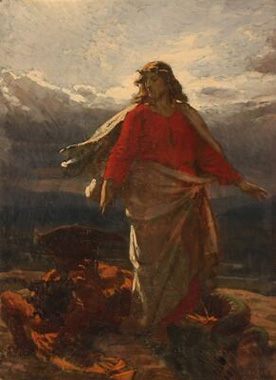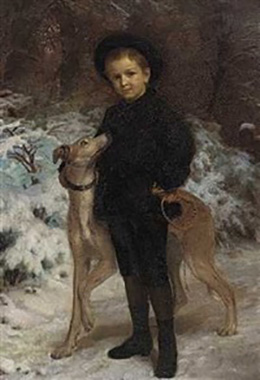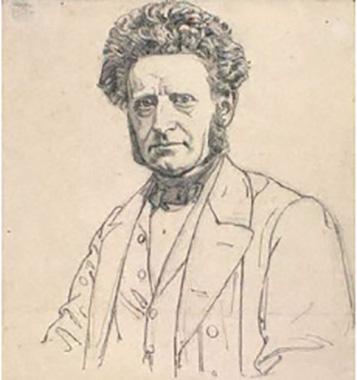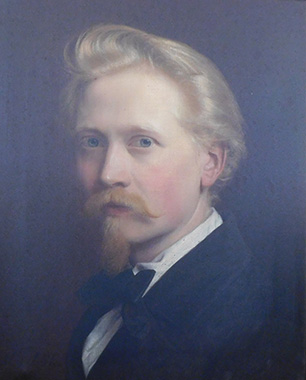Ole Henrik Benedicius Olrik

Painter (1830-1890)


Royalty and celebrities
As you can read in Ingeborgs book, the King(s) of Denmark actually came in the home frequently - to get painted.
And Henrik went to the royal court often - also in Norway and England (where he amongst others painted the popular queen Aleksandra).
Ibsen, BS Ingemann og HC Andersen
These are some of the most prominent danes at the time - still is. He painted and drew them. The latter mostly for the popular magazin of the time: Times Illustrated.
In the book you can read, that he eventually got a bit tired of painting portraits, and thus were exhilarated, when he got the money and time to do the big task of the Alter centerpiece for one of Copenhagen’s big churches: Mattæuskirken - and after that the apostles for Marmorkirken, and other alter pieces.
He did paint motives by his own choice all his life, but naturally the protraits where the families income and thus important - and timeconsuming, as he also travellled - a lot!
Sculptors and decorationarts
Apart from all the paintings and drawing Henrik Olrik also made a lot of sculptors. Here's a plaster bust of the most popular actress of the time: Louise Heiberg. And below to cups he decorated.
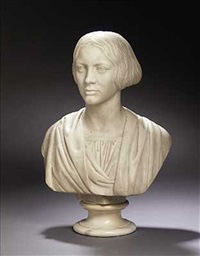


Yes! It's true.
In 1875 Denmark got it's first 10 kroners note, and Henrik Olrik was asked to make the design. It got the godesses Minerva and Ceres on the front. (Welth and farming).
100 kroner note!
Shortly after(also 1875)he made the first 100 kroner note. Here you can see his draft for that:


The true art!
Henrik Olrik first got educated as a sculptor, and as such he made a good living from working with the royal Danish porcelains factory. But he got a scholarship to study painting, and started out in Paris for that purpose.
He made his first exhibition in 1855 (25 years old).
The first many years he however made portraits, to pay for the growing family, the new house, and the many many trips around Europe. He did however paint true art when he could, and got lots of recognition for that. Like the faboulus Making the bride ready
He was also known for being a historypainter, as you can see on his painting of Volmerslaget. And then (of course) he was a member of the Royal Art Academy, and became a professor - and got knighted by the King. Busy guy!
The Mountainsermont for the Mattæuschurch
It most have been an enourmus boost for Henrik finaly to get a task - and the money and time to do it - for a real masterpiece, - and he got so appraised for the work, that after that he got more interesting jobs - other alter centerpieces and the 12 apostles for Marmorkirken.


Super productive
It's almost unreal how many pieces of art he created during his relatively short life - he only got to be 60, and was pretty ill and weak the last two years.
All right - he did NOT spend a lot of time with the 8 children - that was Hermina - and awful auntie Grethes job - but he traveled - a lot - as you can read in Ingeborgs book - so it's close to a mystery how he manage to produce so much art.
Below I have collected some examples in a small gallery - portraits drawings and true art.
And please note - this is just what I had access too - mainly from the internet. The family and others must have hundreds of paintings from the energetic artist.
Auction at his death
This link takes you to the original auction book of what Hermina sold after Henrik Olriks death, to be able to maintain the family’s lifestyle. And mind you - she most likely kept a lot of his works for herself and the children ... so check out how much they could 'spare' from what were in the house.
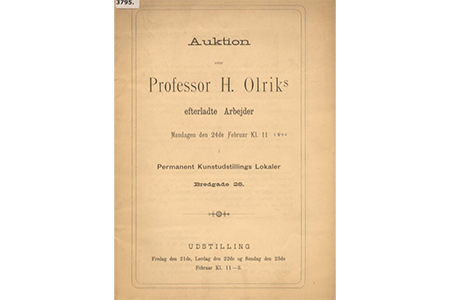
Gallery
(push one of the bottoms and use the arrows afterwards - sry - the limit of my javascript skills.)



